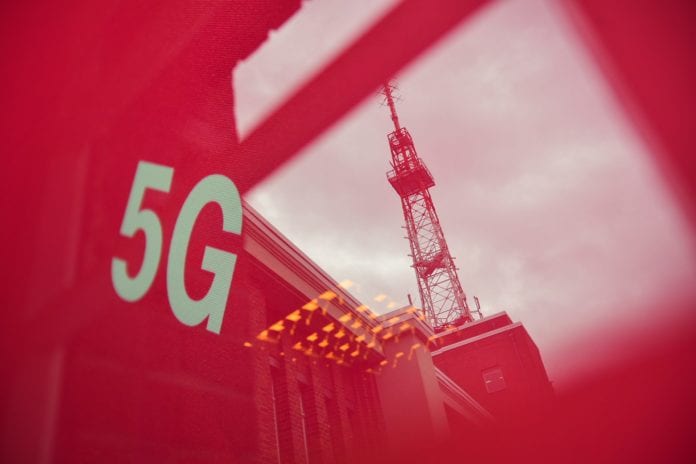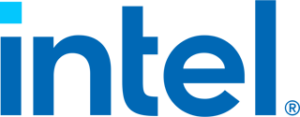The deal is part of the MoU signed by Nokia and Deutsche Telekom at MWC 2023 in Barcelona
Nokia and Deutsche Telekom (DT) announced that they have begun to deploy a multi-vendor Open RAN (O-RAN) network with Fujitsu in Germany.
The partners explained that the technology is fully integrated into DT’s live commercial network and added that the initial cluster will provide 2G, 4G and 5G commercial services to customers in the Neubrandenburg area, in Northern Germany.
The deal is part of the Memorandum of Understanding (MoU) signed by both companies at MWC 2023 in Barcelona. Under this project, Nokia said it will replace the incumbent vendor in the deal. The project is already underway and will be extended from the first quarter of 2024 onwards.
Nokia will deploy its commercial O-RAN compliant 5G AirScale baseband solution in DT’s commercial network including Fujitsu radio units (RU). Both companies have also agreed to explore O-RAN technology around Cloud RAN, 3rd party CaaS, RIC, SMO, and energy efficiency.
Nokia also explained its anyRAN approach is designed to give mobile operators and enterprises more flexibility in building their networks. For O-RAN, Nokia develops the required Open Fronthaul features on top of its RAN software. Nokia added that its baseband solutions can be combined with both Nokia and third-party radios.
Claudia Nemat, board member of Deutsche Telekom for technology and innovation sdaid: “O-RAN is crucial to Deutsche Telekom’s strategy to promote greater supplier diversity and accelerate customer-oriented innovation in the radio access network. Our commercial deployment with Nokia and Fujitsu is an important step to prepare multi-vendor O-RAN as the technology of choice for future networks.”
“We are proud to partner with Deutsche Telekom to start deploying a commercial multi-vendor O-RAN network in Germany with Fujitsu. Together, we are making O-RAN a commercial reality. Nokia’s radio access portfolio and baseband software ensures that multi-supplier O-RAN systems can be deployed without any compromises in terms of performance, energy efficiency or security,” said Tommi Uitto, president of mobile networks at Nokia.
In a separate release, Deutsche Telekom said it is planning more than 3,000 O-RAN-compatible antenna sites by the end of 2026.
Around 95% of households can already access Deutsche Telekom’s 5G network, while LTE coverage currently reaches 99% of households across Germany.
In June of last year, Deutsche Telekom announced it was for the first time using spectrum in the 700 MHz range to provide 5G service. The European carrier said that the use of the 700 MHz band improve mobile communications coverage in rural areas across Germany. In addition to the 700 MHz frequency, there are two other radio bands: 2.1 GHz and 3.6 GHz.


